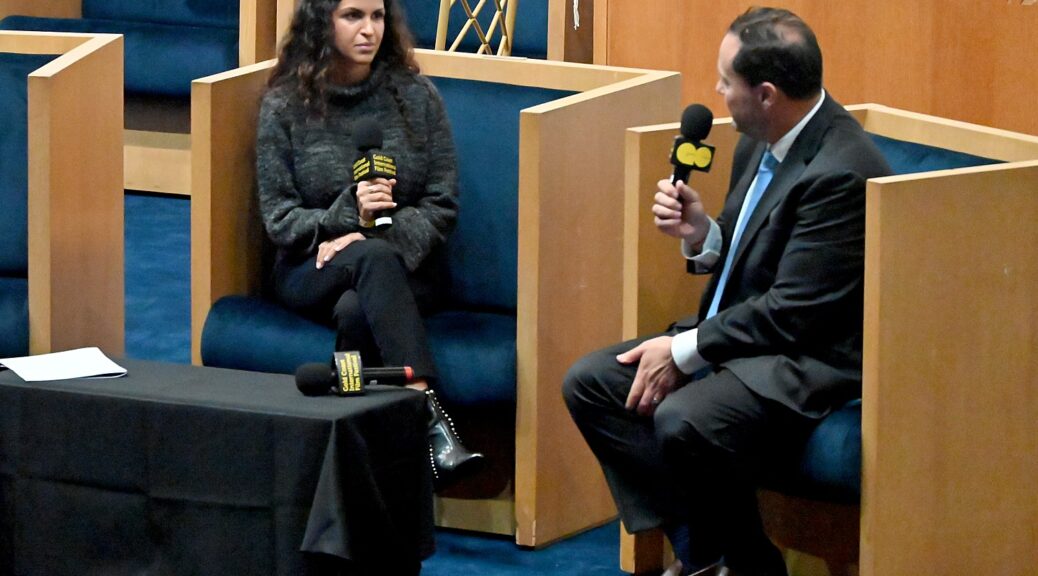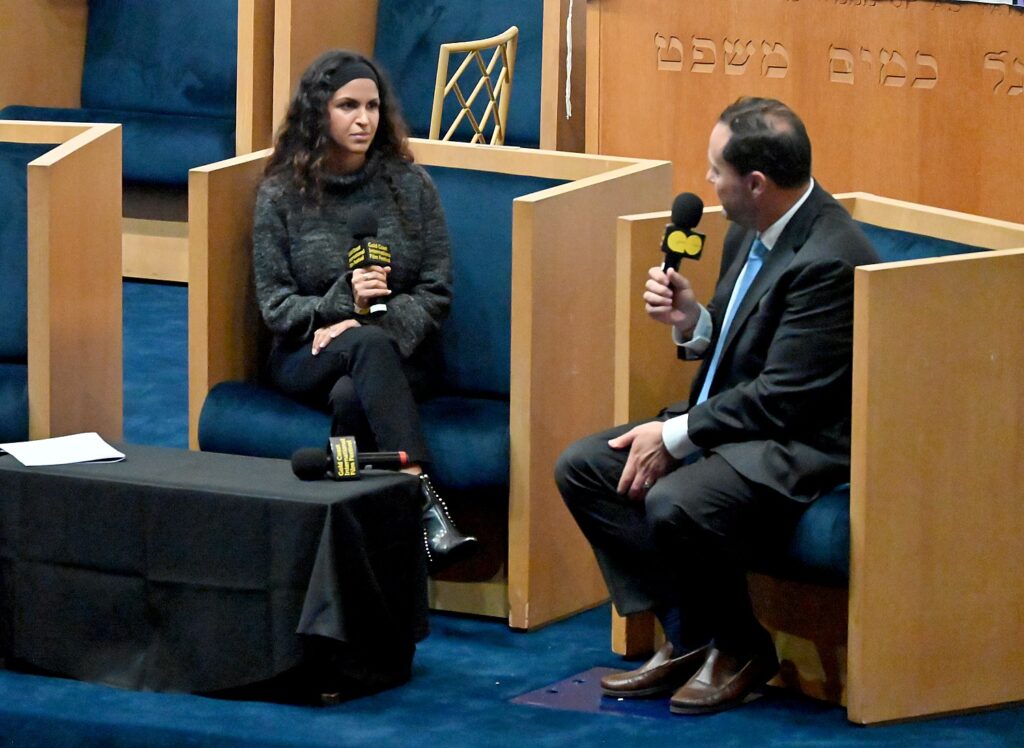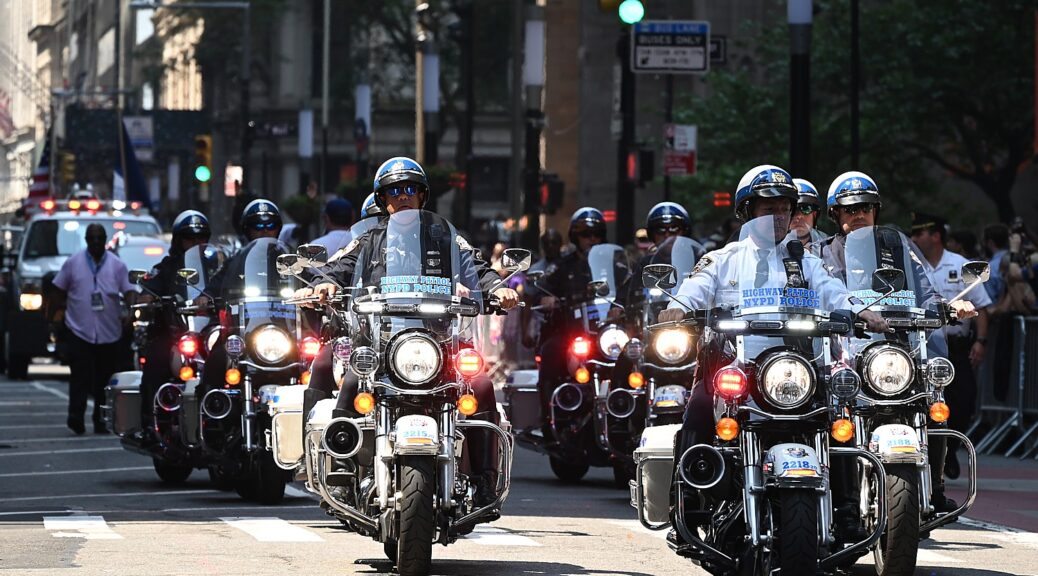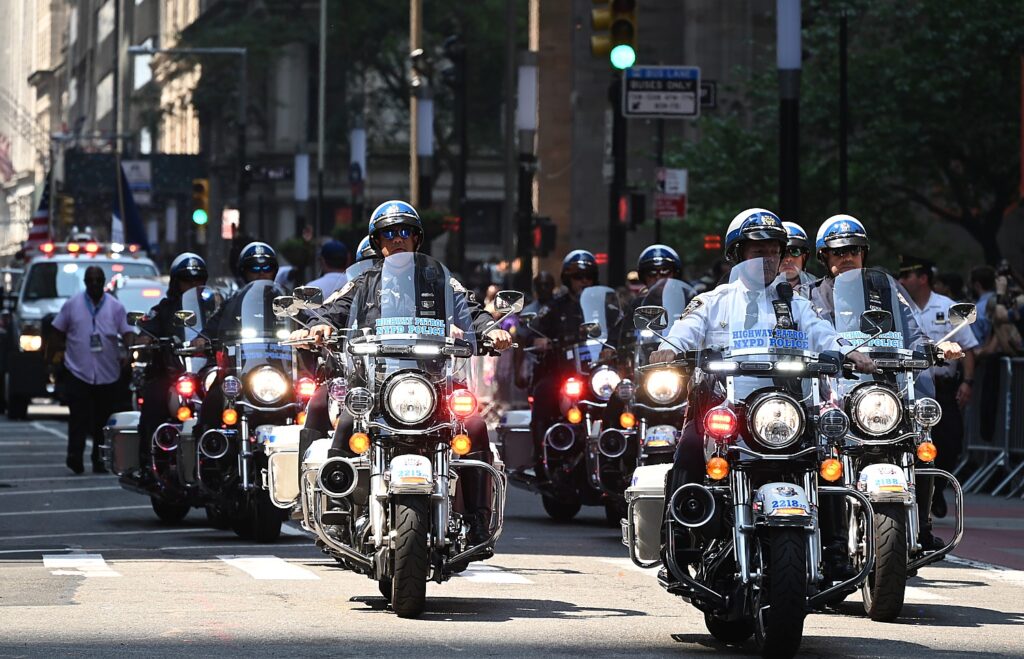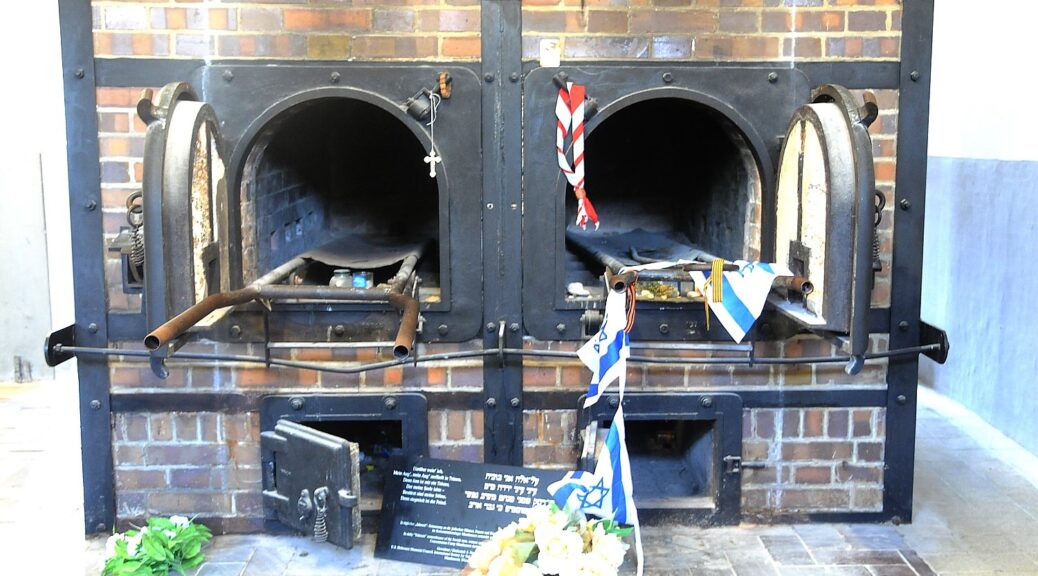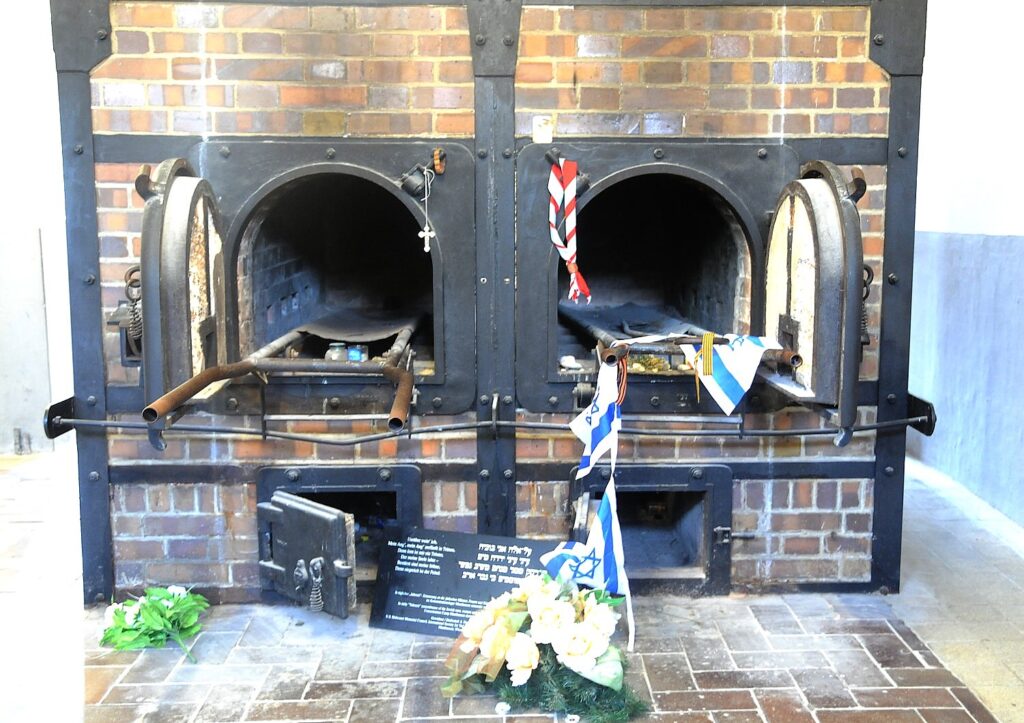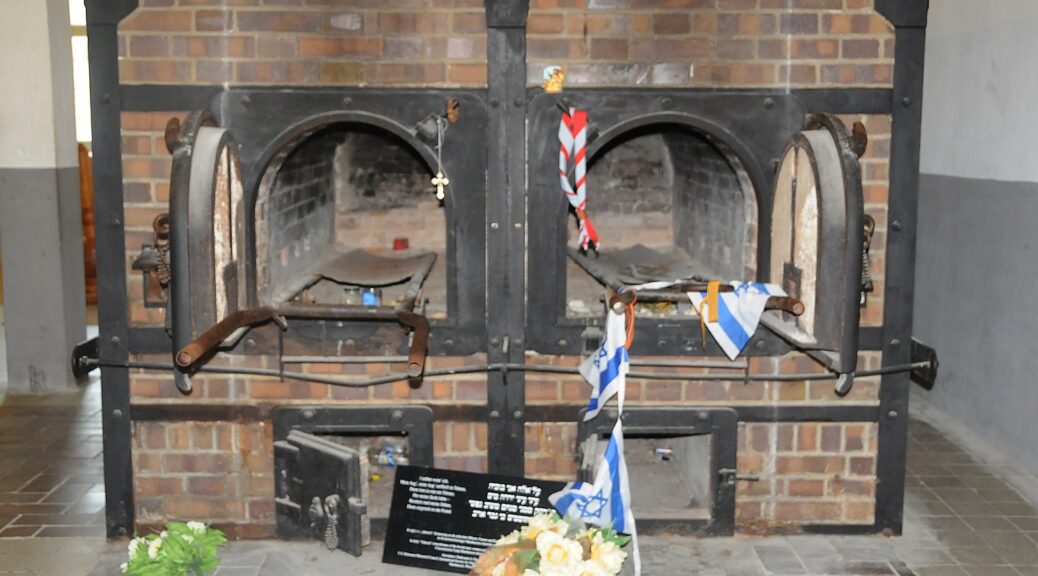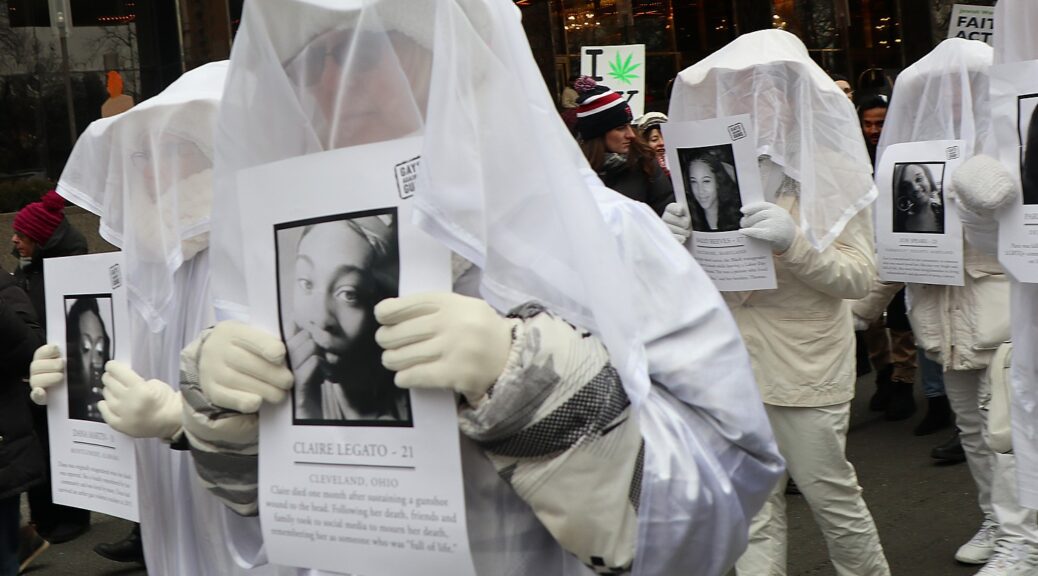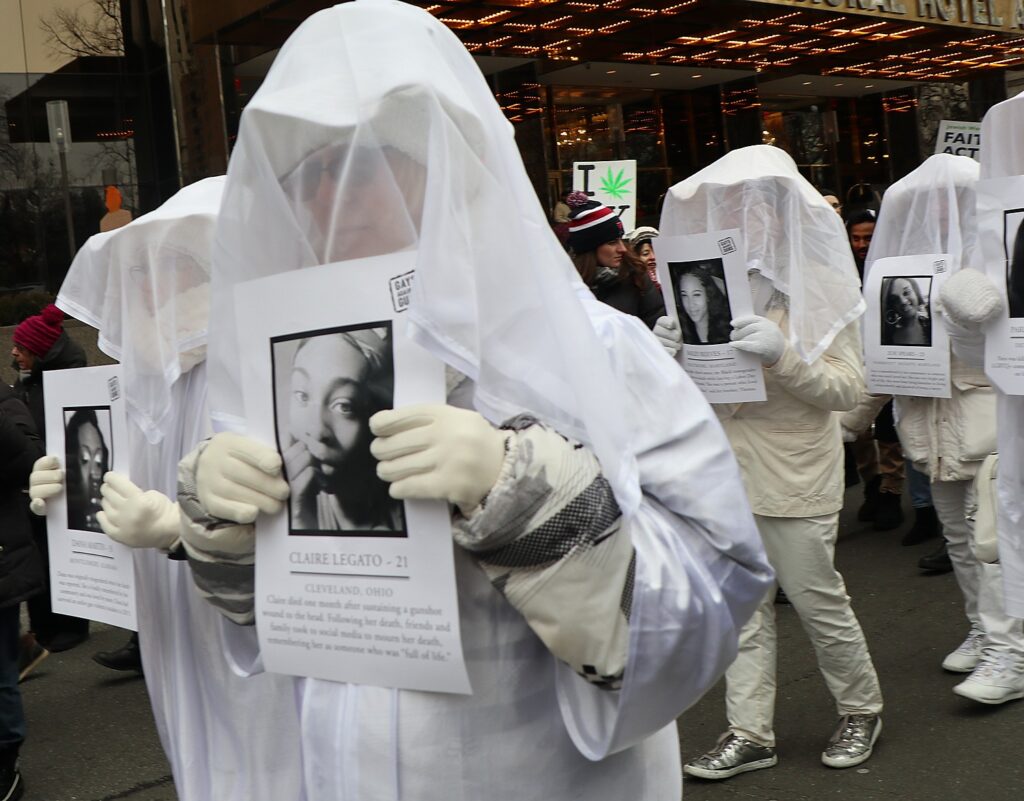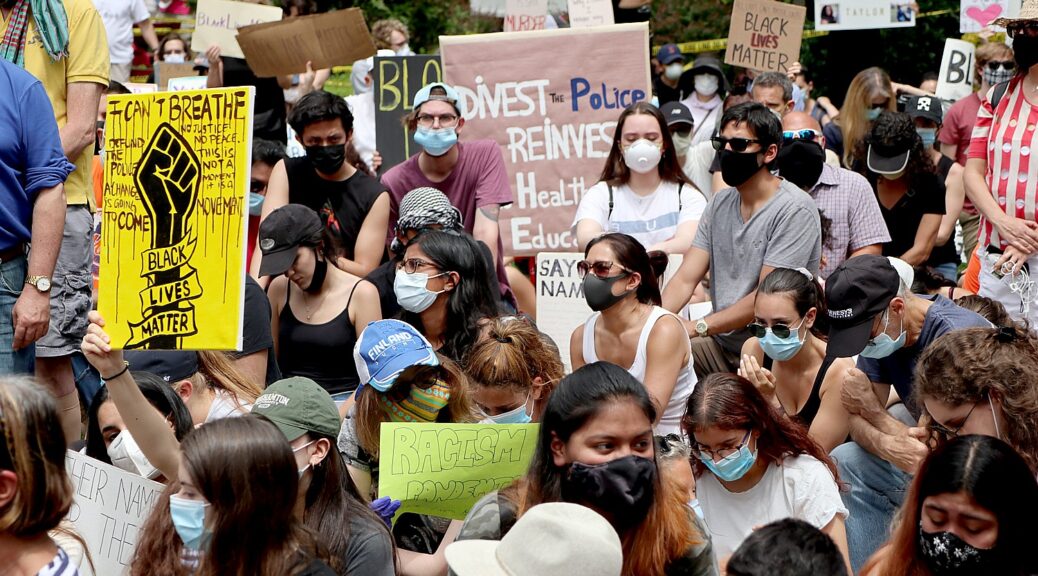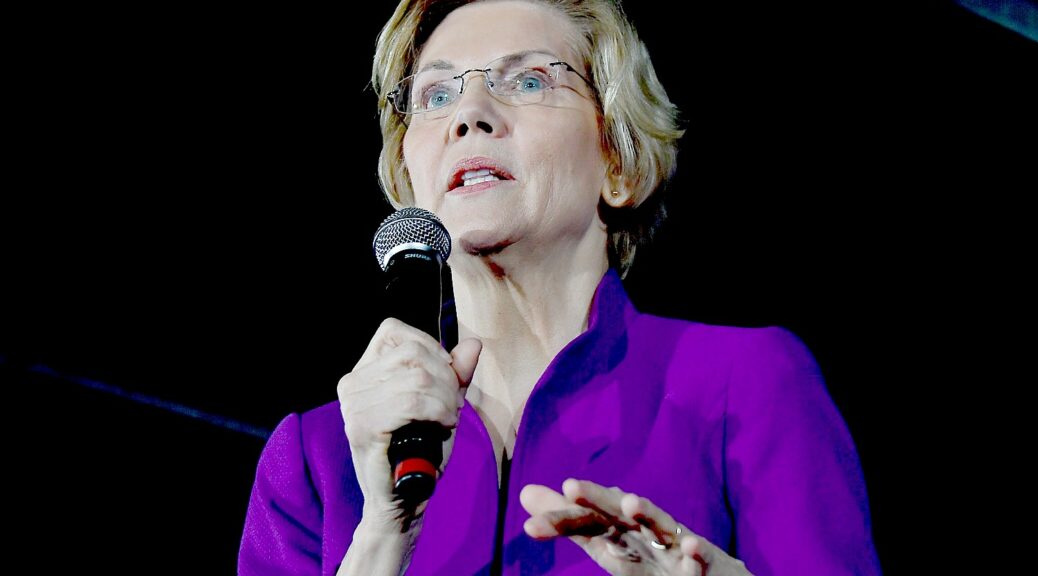Data Tracked by New York State Division of Homeland Security and Emergency Services Shows 425 Percent Increase in Online Hate Speech Against Jewish Communities and 417 Percent Increase Against Muslim Communities
Governor Deploys $3 Million to Expand State’s Successful Threat Assessment and Management Team Model to All College Campuses; Builds on State Efforts to Combat Extremist Violence Launched in the Wake of White Supremacist Mass Shooting in Buffalo
Governor Directs Division of Homeland Security and Emergency Services to develop a Media Literacy Tool Kit for K-12 Schools to Provide Critical Training and Resources to Youth; State Creates Informational Guide For Parents to Talk to Their Children About Online Hate Speech this Holiday Weekend
Following Viral TikTok Content Praising Osama Bin Laden, Governor Calls on Social Media Corporate Leadership to Implement Stronger Anti-Hate Guardrails for Users

Governor Kathy Hochul is deploying new resources to continue combating the ongoing rise in online hate speech across New York, including allocating $3 million to expand the Division of Homeland Security and Emergency Services’ Domestic Terrorism Prevention Unit’s Threat Assessment and Management training to all colleges and universities in New York State.
The Governor also directed the Division of Homeland Security and Emergency Services to develop and distribute a media literacy toolkit to help public school educators teach their students how to spot misinformation/disinformation/malinformation (“MDM”) online, sent a letter to major social media companies calling for increased monitoring of content that could incite violence, and released an informational guide for parents to help start conversations around the destructive impacts of hate and hate speech with young adults upon their returns home during the holiday season.
These actions follow a 400 percent increase in nationwide antisemitic and Islamophobic threats online since the beginning of October and the continued spread of hate speech in online spaces.
“The rising tide of hate is putting all New Yorkers at risk — and as Governor, I’m committed to tackling this crisis head-on,” Governor Hochul said. “We’re deploying physical security resources, expanding our Threat Management and Assessment teams, calling for stronger action from social media companies, and encouraging families and communities to come together to fight hate. New York has always been a beacon of hope, tolerance and inclusivity, and we will be defined by how we come together to condemn hate in all forms.”
In remarks introducing the measures, Governor Hochul said:
Across our state, New Yorkers are afraid. If they have family or friends in Israel, in Gaza, other places, they’re afraid for their safety. At home, many people are wrestling with the fear for the first time ever sometime in their lives of being the victim of a hate crime. I wish I could tell you these concerns were misplaced, but tragically the data all across America is showing that hate crimes have surged in the last six weeks.
Since October 7, there has been a 400 percent increase in threats against Jews, Muslims, and Arabs. And make no mistake, we’ve not stood idly by. My number one priority has been and will continue to be protecting the safety of our residents. That’s why I want to inform you about some of the actions that we’re taking to keep New Yorkers safe from extremism and violence.
We have a four pillar plan. It’s comprehensive and it’s far reaching. First of all, we’re strengthening physical security of locations. We’re also making the digital world safer by identifying credible, online threats. And we’re also calling out social media companies who have failed their responsibility to create a safe, public square. And creating resources and toolkits for parents and schools alike.
First, let me share how we’ve already taken action to protect our vulnerable communities safe, and to protect physical security. Two weeks ago, I told New Yorkers we were activating law enforcement to protect them. We mobilized State Police to protect at risk sites. We established a hate and bias reporting hotline. We made $50 million available for local law enforcement, $25 million to protect vulnerable locations.
We also encouraged the use and understanding of our red flag laws to ensure that guns don’t get into the hate filled hands of individuals looking to do harm to others. That’s just the start. Let’s talk today about what we’re trying to do to make the digital world safer. We know that social media is an emotion amplifier. If the emotion is love, and that’s amplified, that is a good dynamic. If the emotion is hate, and that’s amplified, that’s the chaos that we’re falling into today.
It can also amplify the hate that just boils up from this toxic stew of ignorance, and it becomes festered online. So we’re creating strategies, for the first time ever, to help identify hate at the source and prevent crimes before they occur. As I’ve often said, I’d rather be in the business of preventing crimes than solving them.
And that’s where our threat assessment and management teams come in – the TAM teams. This is an initiative I actually launched over a year and a half ago in the aftermath of the Buffalo Massacre after a racist shooting by a white supremacist who targeted 10 of my neighbors. That’s when we activated more surveillance of critical threats for harm online.
They work to track and stop violent acts of hate before they happen. And today, I’m announcing $3 million in additional investment to ensure that every single college campus now has these in the State of New York. So let me be clear. These teams are working to identify violent threats. They’re not looking at your Instagram sunset post or your tweets about your favorite football team.
And they’re not here to penalize anyone for their political views. They have a simple goal, to find out what’s driving hateful behavior and intervene early before harm is done. And to give people who are being radicalized online an off ramp. They work with mental health professionals, establish reporting systems, so classmates and others can raise red flags and train adults on how to spot the warning signs.
We have 36 county-based TAM teams right now. Again, these are the threat assessment and management teams. They’re already tackling over 50 cases now as we speak. But that’s just one strategy to help protect New Yorkers online. We’re building off the success of other initiatives. We already use targeted ads to encourage people to anonymously seek help from trained counselors. We have that going on as we speak.
But also, help parents understand what’s available to them. If they start seeing signs that their own child could be radicalized online, because I assure you, most parents are never aware. And we’re also continuing to train our mental health professionals in de-radicalization strategies. But here’s the truth, so much of this hate originates on social media platforms like TikTok who refuse to take action necessary to protect our children and young people.
Just look at what happened this week. A prominent message, shared on TikTok, was one from none other than the mastermind of the 9/11 massacre of thousands of New Yorkers, Osama bin Laden. It was shocking to see young people extolling the virtues of a terrorist kingpin. That only proves the power that social media has over our young people. And therefore, they have a responsibility.
I refuse to accept this as the new status quo. That’s why I’m pushing back against these companies, pushing back hard. And as the steward of the 21st Century public square, TikTok and other social media companies, they must start to regulate vile hate speech that originates on their platforms.
They say they do this, but it’s a responsibility they’ve obviously neglected to uphold. That’s why I’ve called out the leadership of every major social media company to express not just my indignation, but to demand that they take concrete action to reduce the sickening hate that is being spread on their sites.
They need better oversight, they need larger moderation teams, and greater transparency. And I told them that in a letter that I’ll be releasing to all of them today. I’m expecting a response. I’m expecting a response from all of them.
Now you know what we’re doing in our attempt to stop hate on social media. I want to be clear about what we’re not doing. We’re not preventing anyone from exercising their First Amendment rights to speak. We’re not preventing anyone’s right to peacefully assemble. We’re not blocking anyone from expressing opposition or support for political or military action in the Middle East. That’s what we’re not doing. But we’re not tolerating the spread of hate. That’s the difference.
And the final component of our efforts centers around empowering educators and parents about the power of these radicalization efforts, and how to take steps for de-radicalization, to dial down the temperature, to bring back some sense of calm and normalcy that seems to be so evasive these days.
Let’s start with our schools. Today I’m directing the Director of the Division of Homeland Security and Emergency Services to develop media literacy tools for K-12 in our public schools. This will teach students, and even teachers, to help understand how to spot conspiracy theories and misinformation, disinformation, and online hate. Start talking about what we’re seeing out there. Give the teachers the tools they need to help these conversations in school.
And by teaching younger New Yorkers about how to discern between digital fact and digital fiction, we can better inoculate them from hatred and the spread of it and help prepare them for a very fast moving and often confusing world.
And now I want to speak to parents directly. As a mom, I know as we approach this holiday season, Thanksgiving, it offers a meaningful and sometimes rare opportunity to gather everyone around the table – your children, younger, high school students, college kids who may be home for the first time since they left you in August. I encourage you to talk to your kids, not just about the rise in hate, but listen to them too.
Ask them what’s going on in their school and on their campuses and what their friends are talking about. Be the adult in the room. Listen to them, but help them find the path. What are they seeing? What does it feel like? Are they subjected to this? Are they seeing their classmates being so hurt by vile speech and signs at protests? How does it make them feel? Encourage your children, especially the older ones. Don’t just be a bystander, be an upstander. Stand up for your classmates, stand up for your friends.
And talk about engaging each other in a respectful, tolerant way because the lessons that are being taught now, what young people are absorbing and understanding, will be with them for the rest of their lives. This is a time of great influence on our young people. And parents have a responsibility and an opportunity to guide them to do what’s right so as adults, they understand the beauty of diversity, celebrate our differences. But also, if you’re a parent who’s worried about the path your child is on, you’re seeing things, you’re hearing things, you’re anxious, there are opportunities for you as well.
Explain to your children the difference between disagreeing on a policy that a government may take and displaying hate toward an entire group of innocent people. There is a difference. And counselors are available to help parents as well with the messaging, how you help reduce the tension.
The only way that New York State stands true to our core values of tolerance and inclusivity is for all of us to do our part to create the kind of society we want to live in. At the end of the day, what is New York but a place that’s comprised of people from all over the world? They come here because they’re persecuted elsewhere. They came here for a better life. Jewish, Muslim, Arab, Black, Brown, White, young, old – it doesn’t matter. They all came here. They’re living here, and there’s so much out there that should bring us together instead of driving us further apart. We don’t always have to agree with each other. I don’t expect we will. Most people don’t agree with the person sitting across them at the Thanksgiving dinner table. But that’s all right. Just do it with respect and a foundation of understanding and love.
And honestly, that’s what the majority of New Yorkers are doing. Most of us walk through the world with care in our hearts and reject hate wherever it appears. That’s why I will not allow our state to be defined by the angry few that peddle in hate and violence. Instead, as Governor, I’ll continue to remind us of our shared values so going forward, we’ll be defined by how we come together to condemn, with one voice, the evils of antisemitism and Islamophobia, which are so rampant today.
As always, the nation, and indeed the world, are watching, waiting for New York to lead. And that’s exactly what we’re doing here today.
With a new $3 million investment in the DHSES’ Domestic Terrorism Prevention Unit’s (DTPU) the State will expand its Threat Assessment and Management (TAM) training and support to all colleges and universities statewide.
The DTPU will conduct training for New York State colleges and universities; educate school administrators, professors, and staff on how to develop and maintain TAM teams; and provide constant training to supported entities. DHSES will also help connect existing networks that are currently operational within the SUNY and CUNY systems and ensure information sharing between these new college and university TAM efforts and the county-led multidisciplinary TAM teams being established across the state since the May 2022 domestic terror attack in Buffalo, New York.
Under this effort, these new TAM Teams would:
Use multidisciplinary teams of trained professionals to assess risk and create management plans for individuals on the pathway to violence;
Recognize concerning behaviors and define appropriate escalation protocols;
Establish a centralized reporting mechanism to receive reports of concerning behaviors from students and other bystanders; and
Educate administrative staff and professors on risk factors and warning signs to identify concerning behaviors early before an escalation to violence.
Recent international events have had direct impacts here in New York, including the Israel-Hamas conflict and the War in Ukraine. Each have led to a surge in the on-line spread of misinformation, disinformation, and malinformation. MDM has been used by foreign adversaries and domestic extremists to sow divisions among New Yorkers and reduce community cohesion, as well as cause anxiety, fear, and confusion. With the prevalence of MDM, and an increasing percentage of young people receiving their news and information through online sources, its important students are prepared to think critically about the sources of information they engage with and how to interpret it.
As part of the new media literacy program, the Division of Homeland Security and Emergency Services (DHSES) will partner with education experts in media literacy to develop and distribute an age-appropriate, ideologically neutral toolkit on media literacy for students in primary and secondary schools throughout New York. This proven approach to understanding information will develop students’ ability to analyze, evaluate, and assess all forms of media including information delivered through social media. Utilizing various age-dependent trainings, this media literacy toolkit will encourage critical thinking and create a better understanding of how media systems work and the many equities that may be in play when someone chooses to distribute information online.
The holidays are also a time to reflect on the importance of family and what it means to be part of a community as unique and diverse as New York. As the holidays approach, the Governor is calling on New York families to discuss the importance of inclusivity, pluralism, and rejecting bigotry. With so many college and university students returning home for Thanksgiving, New York has produced an informational guide for parents to help start conversations around the destructive impacts of hate and hate speech.
“There has been a disturbing rise in online hate, especially when it comes to antisemitic, Islamophobic and anti-Arab threats. Now more than ever, its critical young adults have the tools they need to be able to critically analyze what they see online and help prevent the further spread of hateful rhetoric,” New York State Division of Homeland Security and Emergency Services Commissioner Jackie Bray said.
These new initiatives build on the extensive work already underway in New York to address the spread of hate and extremist violence.
In the immediate aftermath of May 2022’s racist mass shooting in Buffalo, Governor Hochul signed Executive Order 18 which required each county and New York City develop Domestic Terrorism Prevention Plans; and created the Domestic Terrorism Prevention Unit within DHSES, to support the creation of local Threat Assessment and Management – or TAM – teams. These multi-disciplinary teams bring together law enforcement, mental health professionals, school officials, and other community stakeholders to identify, assess, and manage threats of targeted violence.
Since the launch of this effort, 36 of the 58 counties outside of New York City have established TAM teams. Sixteen of the 36 teams are already meeting and hearing cases, while the remaining 20 are meeting and expected to begin hearing cases in the near future. All counties in New York have expressed their intent to create a TAM team. Prior to Governor Hochul’s Executive Order 18, there were only three county-based TAM teams statewide, which were supported through grants from DHSES.
In the last quarter alone, TAM teams held 53 meetings and reviewed dozens of cases that were referred by variety of community stakeholders:
94 percent of these teams had at least one case referred to them by law enforcement. 67 percent of these teams had at least one case referred to them by an educational partner. 53 percent of these teams had at least one case referred to them by a mental health partner; and 27 percent of these teams had at least one case referred to them by social services.
Other key stakeholders, such as public health professionals, religious and culture institutions, and private sector entities, also reported cases to TAM teams.
In November 2023, Governor Hochul has activated law enforcement to keep New Yorkers safe by mobilizing the State Police to increase protection. This included $50 million made available to law enforcement to expand the use of the red flag law and $25 million in security.
The Division of Homeland Security and Emergency Services (DHSES) provides leadership, coordination, and support to prevent, protect against, prepare for, respond to, recover from, and mitigate disasters and other emergencies. For more information, follow @NYSDHSES on Facebook, Instagram, and X (formerly known as Twitter) or visit dhses.ny.gov.
See also:




